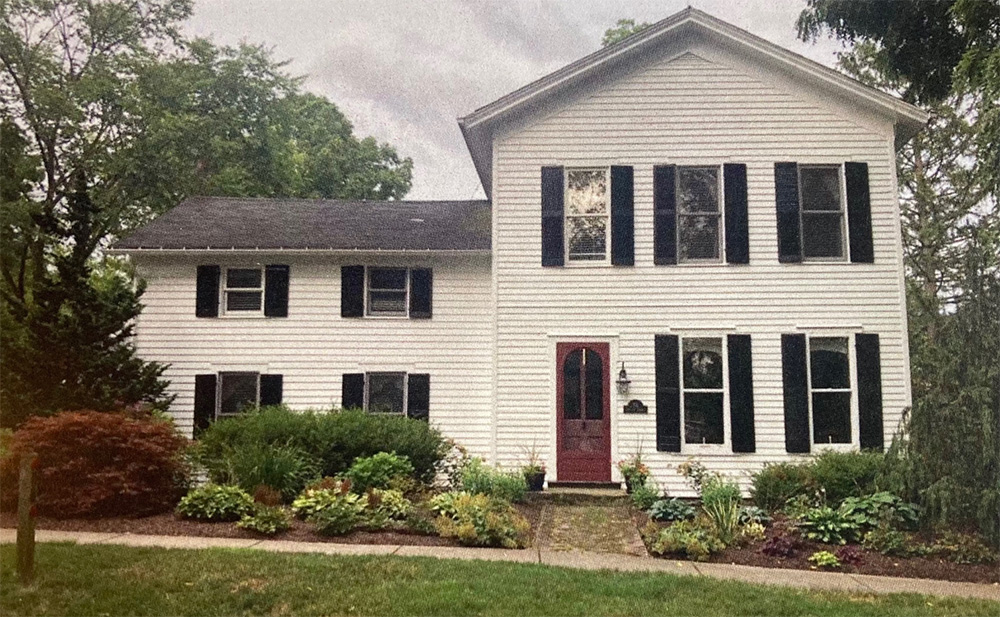Thurs, Nov 13, 7:00pm at Barlow Community Center. Dr. Megan Shaeffer discusses the history and archaeology of Wood Hollow Metro Park
William M. Beebe House

The popular HHA Marker program is alive and well, though the COVID closures have limited the research that can be done at this time.
Anne and Andrew Morse have completed the report on their home at 55 College Street. This beautiful home will now be known as the “William M. Beebe House”, after the man who built it in 1879.
Though the home was used as a rental for the first 60 years of its existence, the quality of the construction and outstanding woodwork around the staircase, fireplace and windows suggests that Mr. Beebe planned to use it as a family home for himself or one of his children. Instead, three generations of Beebe’s used it as a rental, and never lived in the home. Then in 1940 it was sold and went through a series of owners, including Don (and Sally) Wilson, a noted watercolor artist, and finally the Morse family.
Mr. William Beebe was merchant in town and later postmaster for many years, a position he was first awarded in 1841. The son of William, David Duncan Beebe, married Ellen Brewster, the daughter of Anson Brewster. Following Anson’s early death, Duncan ran the Brewster Store at the corner of Aurora and Main Street, while he and Ellen lived in the “Isham/Beebe House”, now the section of Christ Church Episcopal with the beautiful pillars. It was Ellen who actually held the deed to the College Street property after William, and then later her four children held the deed.
The home itself sat on one and a half acres of land, part of the section of Heman Oviatt’s farm which he donated to Western Reserve College (WRA) to endow a professorship. The college then divided the land and sold it in lots along Church, Division and College streets. Mr. Beebe’s property was an unusually large lot to be located in the heart of the historic district. It stayed that way until 1940, when the back acre was sold off to become part of Ellsworth Court.
The home itself is Greek Revival, built in 1879, but appears to contain elements of earlier construction, leaving questions that will probably never be answered. One of those mysteries is the rear wing which appears to be a section of an earlier home which had lower ceilings.
Researching these old gems answers many questions, but sometimes creates even more. In the end, everyone who undertakes this research gains a greater appreciation of the rich history of their home, both the construction and the fascinating lives of those who built or lived in the home.
It is the goal of Hudson Heritage to encourage homeowners to undertake this research. It serves the purpose of uncovering and preserving the rich history of these homes and their builders and owners. For more information, you can go to the “Hudson Heritage Association” website and follow the “Research & History” tab.